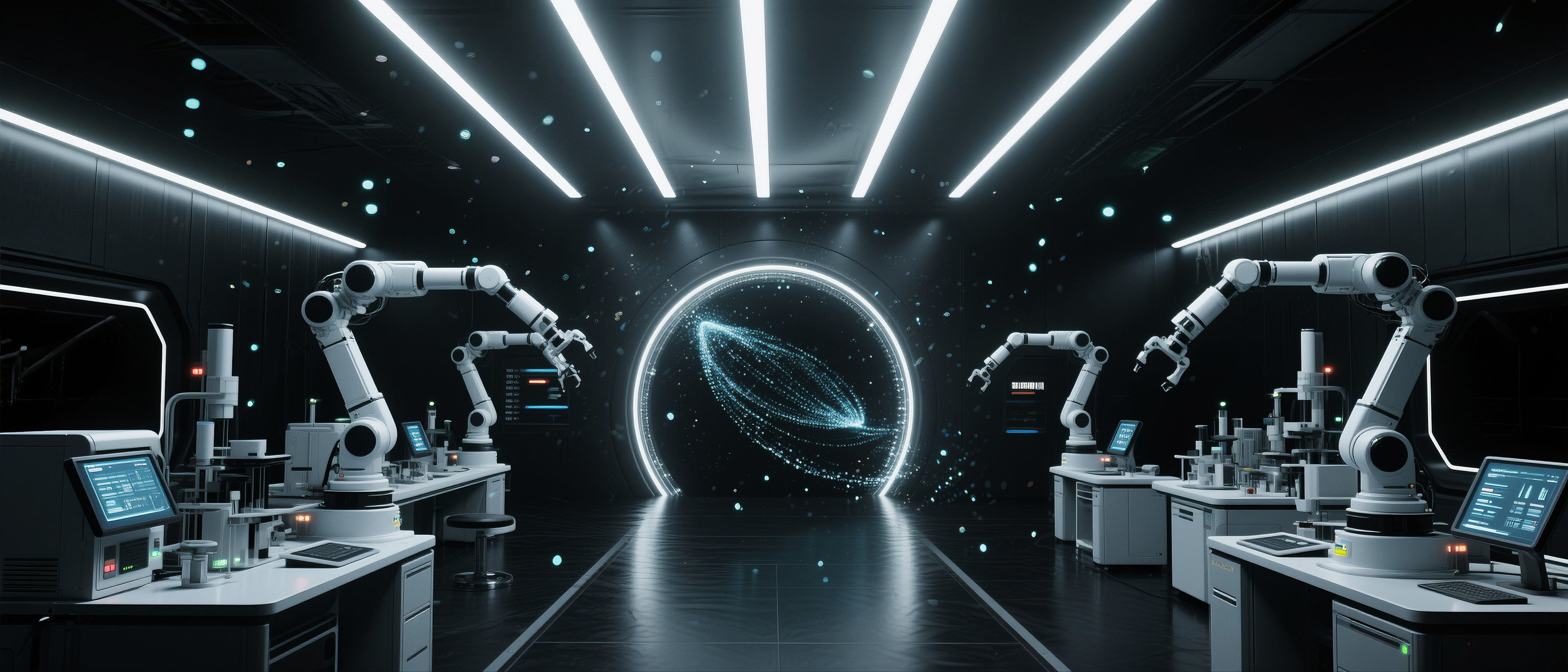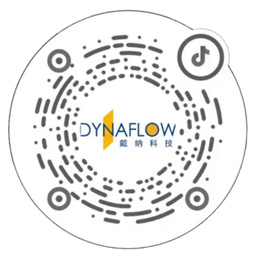Dynaflow explores the limitless possibilities of industrial microorganisms with you!
Published Time:
2024-09-13
The 12th Industrial Microbiology Conference, hosted by the China National Research Institute of Food Fermentation Industry, the China Center of Industrial Culture Collection (CICC), and the Professional Committee of Industrial Microbiology of the China Microbiology Society, was successfully held at the Beijing Friendship Hotel.
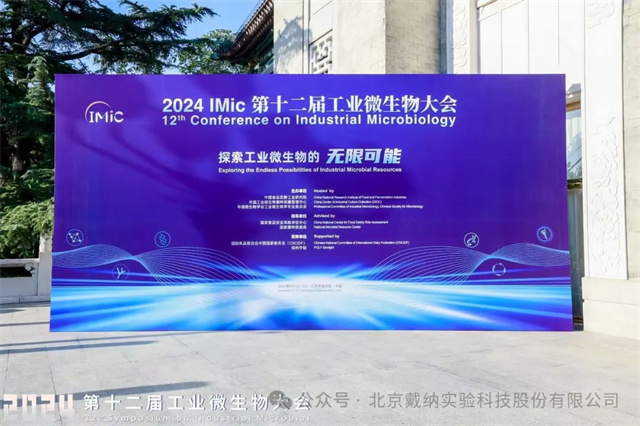
From September 11th to 13th, the 12th Industrial Microbiology Conference, hosted by the China National Research Institute of Food Fermentation Industry, the China Center for Industrial Microbiology Culture Collection (CICC), and the Industrial Microbiology Professional Committee of the China Microbiology Society, was successfully held at the Beijing Friendship Hotel. The conference focused on biomanufacturing, microbial resource utilization and safety control technologies, deeply integrating strategic emerging industries such as next-generation information technology and biotechnology, accelerating the formation of new productive forces, and promoting the high-quality development of the industrial microbiology industry. Dynaflow was invited to showcase its "PPMI Photon-Directed Microbial Detection Instrument" and "Simulated Microgravity Device" at this event.
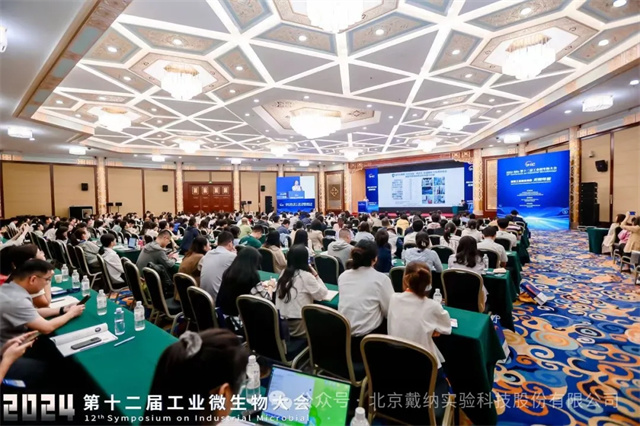
At the Industrial Microbiology High-Tech Platform and Equipment & Consumables Exhibition, Xi Xiaopeng, Deputy General Manager of the R&D Department of Dynaflow, shared information on the PPMI Photon-Directed Microbial Detection Instrument and the Simulated Microgravity Device. He introduced to the attending industry experts Daina's pioneering Photon-Directed Precision Microbial Identification (PPMI) technology, which uses independently developed high-precision collection and enrichment technologies and artificial intelligence technology in Raman detection technology to achieve rapid detection of microorganisms, bacteria, and viruses in air and liquids. Results can be obtained in about 7-10 minutes; this solves the problems of complex sampling operations, long detection cycles, and high costs associated with traditional methods for detecting airborne microorganisms.
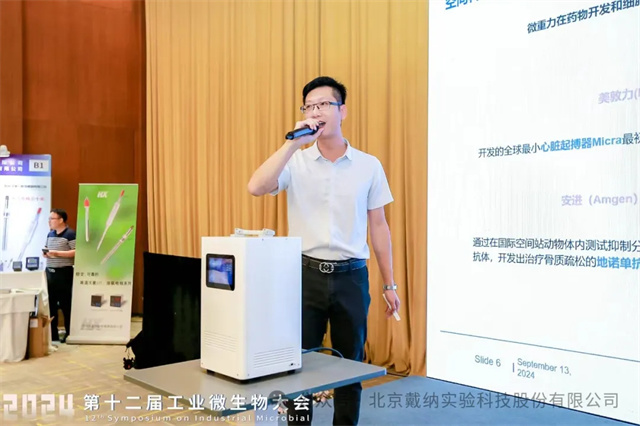
The Simulated Microgravity Device uses digital control technology and a motion control algorithm to adjust the speed of dual-axis rotation in real time, randomly changing the direction of the sample's gravity vector to simulate a microgravity environment. The device can quickly match a series of products such as carbon dioxide incubators, biosafety cabinets, scientific glove boxes, and intelligent scene laboratories to achieve microgravity ground simulation experiments. It can be widely used in life sciences, materials science, and other fields.
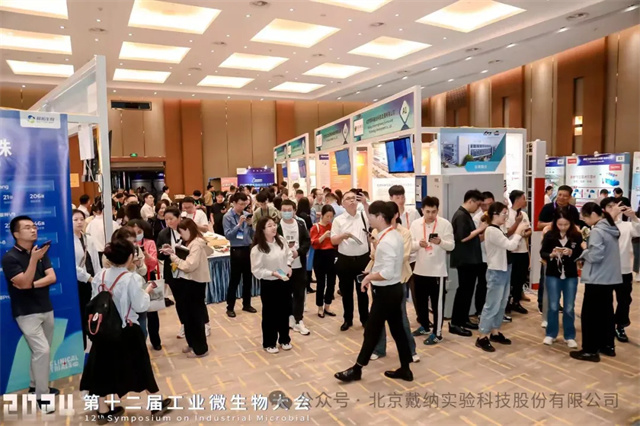
During the event, representatives and industry partners showed strong interest in Dynaflow's "PPMI Photon-Directed Microbial Detection Instrument" and "Simulated Microgravity Device" product lines. Visitors to the Dynaflow booth engaged in in-depth discussions on the equipment's technical principles, applications in the field of microbiology, and high-end equipment platforms for microbiology experiments.
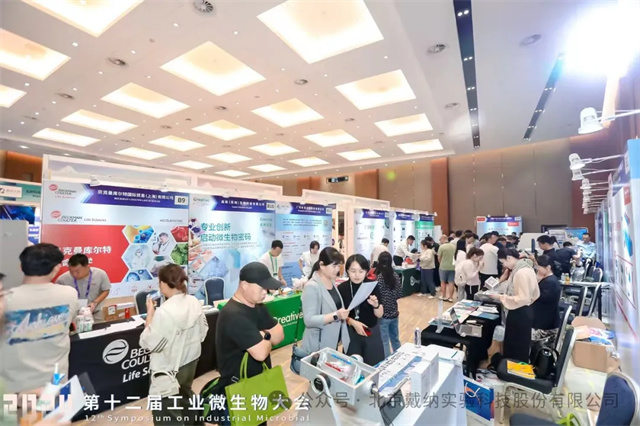
PPMI Photon-Directed Microbial Detection Instrument
Daina's pioneering Photon-Directed Precision Microbial Identification (PPMI) technology uses independently developed high-precision collection and enrichment technologies and artificial intelligence technology in Raman detection technology to achieve rapid detection of microorganisms, bacteria, and viruses in air and liquids. Results can be obtained in about 7-10 minutes; this solves the problems of complex sampling operations, long detection cycles, and high costs associated with traditional methods for detecting airborne microorganisms.
The Aurora Sunday Photon-Directed Microbial Detection Instrument achieves fully automated detection, with high sensitivity, speed, and low detection costs. Its small size allows for flexible application in various scenarios requiring rapid detection and real-time monitoring of microorganisms. It can be widely used in customs, pharmaceuticals, food, medical, disease control, and petroleum and chemical industries.
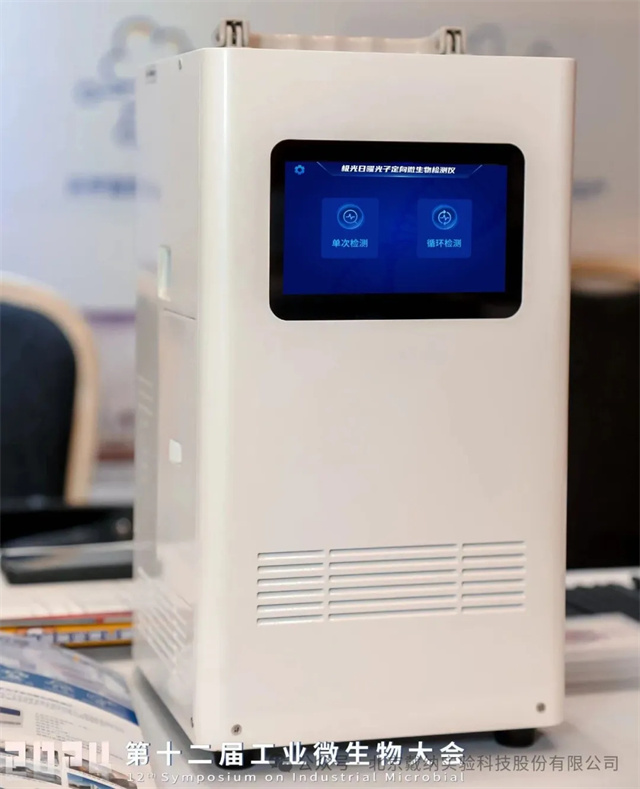
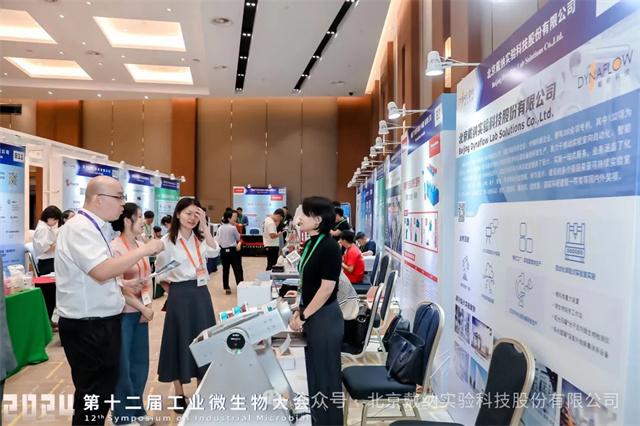
Simulated Microgravity Device
The Simulated Microgravity Device uses a motion control algorithm to adjust the speed of dual-axis rotation in real time, randomly changing the direction of the sample's gravity vector to simulate a microgravity environment in the range of 10-1g to 10-5g. It can be applied to research areas such as cell therapy, biopharmaceuticals, regenerative medicine, protein structure analysis, and breeding. Experiments on simulating gravity environments for cell types (osteoblasts, stem cells) and plants (Lilium, Broussonetia papyrifera) have been completed, and significant progress has been made.
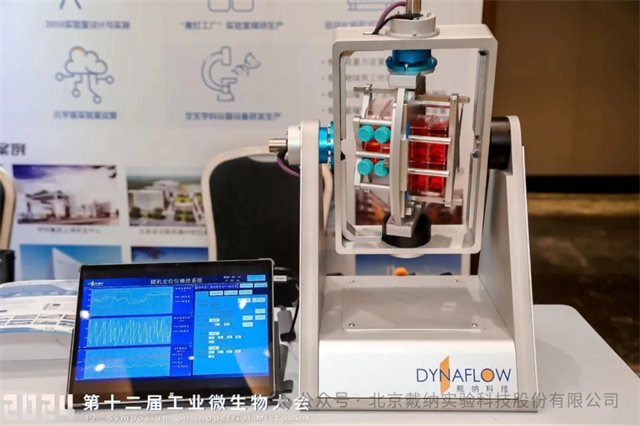

Hot Articles
Share to

